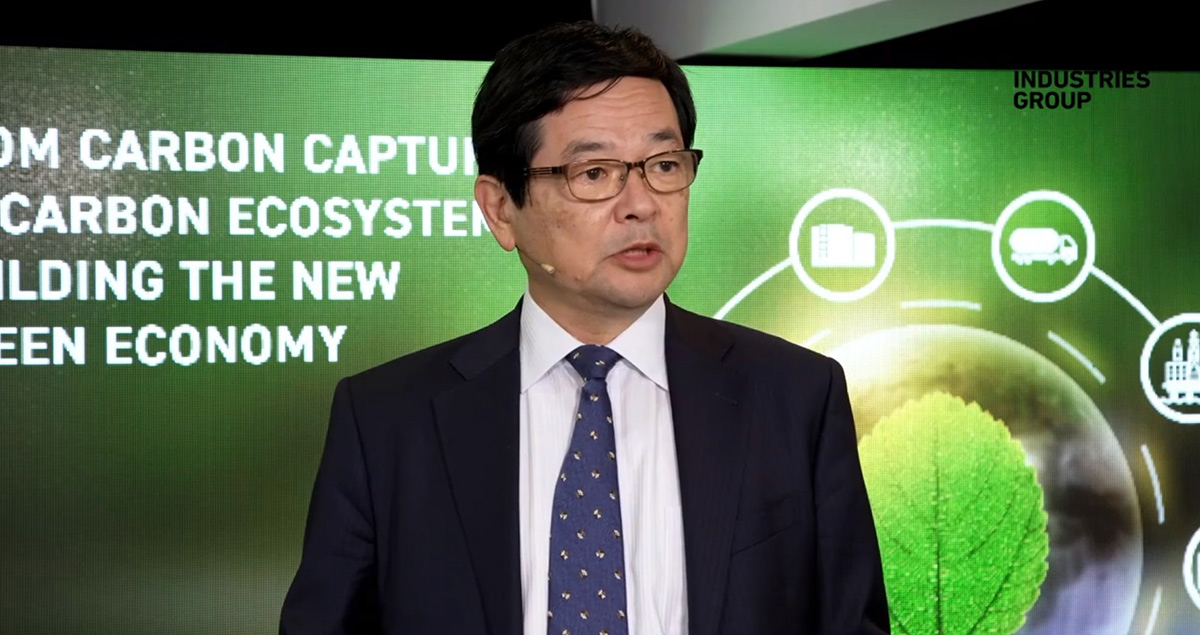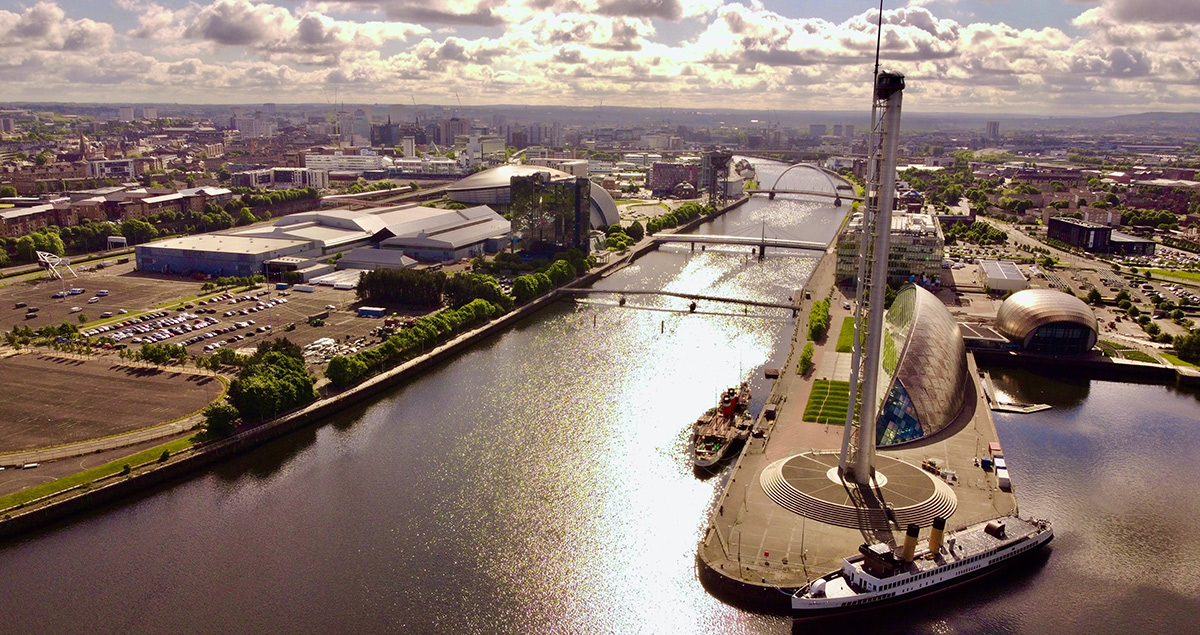COP26: Realism, pragmatism and a new sense of urgency

This article was previously published in our newsletter, if you're not already a subscriber, sign up here.
The recent COP26 climate summit may have lacked the grand political bargains of earlier meetings such as Paris in 2015; but it made up for that by achieving steady and pragmatic progress, industry by industry and company by company. As leader of the delegation from Mitsubishi Heavy Industries (MHI) Group, my colleagues and I met with executives and stakeholders from a wide range of sectors and everywhere we sensed both a new urgency to decarbonize and a willingness to set realistic goals and take measured steps to hit these. For these reasons, I judge the Glasgow conference to have been a success.
Technologies already exist
One clear difference at this meeting, in my view, was the focus on existing technology. How can we make the best use of it right now, rather than relying on future breakthrough inventions to bail out the world. In particular, there was huge interest in carbon capture and hydrogen and how to scale them in a timeframe that will allow us to keep global temperatures from rising by less than 2 degrees Celsius and, ideally, by no more than 1.5 degrees from pre-industrial times.
While there was much discussion of the investment needed and the huge challenges that have to be overcome to build end-to-end value chains for CO2 and hydrogen from production (or capture) across transportation and storage to end use, we heard far less talk that these technologies were counter-productive and even “evil” because they would prolong our reliance on fossil fuels. There was also frank acknowledgement that in order to maintain acceptable levels of economic growth, the world will have to rely on bridging fuels such as natural gas for years to come.
Such pragmatism is encouraging since it gives companies, industries and those who finance them the visibility and certainty to plan and invest in the energy transition at the required scale – and, if I am honest, the industry level is where much of the progress is being made currently. In each of the three areas I have highlighted – decarbonizing existing infrastructure, carbon capture and hydrogen – MHI, as an experienced technology provider, has a lot to contribute. Early versions of our hydrogen co-firing gas turbines are already available; we are the world market leader in CCUS technology with a roughly 70% share; and we are investing in a hydrogen ecosystem that spans green hydrogen production in Australia; ships that will transport it in the form of ammonia; and storage, for example, in salt caverns in the US.

Japan’s evolving role in CCUS and hydrogen
It is worth noting in this context that the models of our hydrogen firing turbines and CCUS equipment that were displayed in the Japanese pavilion in the COP26 Blue Zone in Glasgow attracted large crowds. In fact, the Japanese pavilion, as one of the only ones with models of hardware on display, was one of the most popular destinations throughout the summit – perhaps another indication of delegates’ desire for pragmatism over political pronouncements.
Another highlight for me was the attention being paid to industrial clusters as a way of efficiently decarbonizing high-emission areas that combine power generation and various industries. England’s East Coast Cluster, in which MHI and its partner Drax as well as Triton Power are heavily involved, received timely UK government support just days before the conference and featured prominently in MHI’s CCUS-themed panel discussion.
For hydrogen, meanwhile, it is becoming clear to me that while the EU will be its main end market, at least initially, a lot of the most cost-effective production of blue and/or green hydrogen is likely to flourish around its fringe like the Middle East and North Africa with their ideal conditions for generating renewable power, and Norway and UK with prospective sites for carbon storage as well. Countries from these regions made high-profile announcements of their hydrogen ambitions at Glasgow and MHI can play a role in helping them with production, storage and export.

An achievable path toward a carbon neutral world
Meanwhile, I learned a new expression: “just transition” used by those emphasizing the need to make the energy transition inclusive and equitable. Ironically, this term is now being used not only by delegates from lesser-developed countries but also by ones from European nations hard hit by the recent spike in energy prices. However, the larger lesson we must learn is that as companies, industries and governments work together to fight climate change, we must make sure that our solutions are not only clean but also reliable and affordable for all.
The difficulties in the global race to limit global warming are real. But all of us at MHI understand the need to make steady progress and look forward to continuing the dialogue early in 2022 at the Davos meetings, followed by COP27 which will be held at Sharm El-Sheikh in Egypt.
Learn how to tackle CO2 and achieve net zeroDownload MHI Group's free whitepaper.





